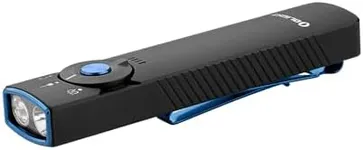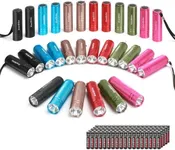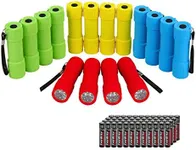Best Flashlights
From leading brands and best sellers available on the web.
OLIGHT
30%OFF
OLIGHT Seeker 4 Pro Rechargeable Flashlights, 4600 Lumens High Powerful Bright Light with USB C Holster, Waterproof IPX8 for Emergencies, Camping, Searching (Matte Black Cool White)
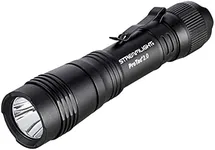
Streamlight
22%OFF
Streamlight 89000 ProTac 2.0 2000-Lumen 17300-Candela Rechargeable Tactical LED Flashlight with USB C Cable, and Holster, Box, Black
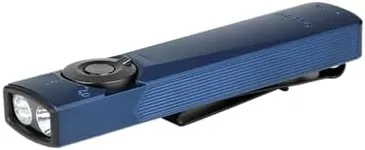
OLIGHT
30%OFF
OLIGHT Arkfeld Ultra 1400 Lumens EDC Flat Flashlight, Rechargeable Compact Pocket Flash Light Combines White LED, UV and Green Beam, Triple Sources Perfect for Checking, Working (Navy Blue CW)
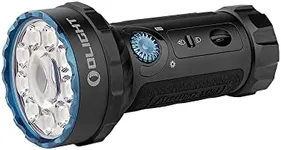
OLIGHT
30%OFF
OLIGHT Marauder Mini 7,000 Lumens Bright Flashlight with 600 Meters Beam Distance, Powerful RGB Lights, Magnetic Rechargeable for Outdoors Work, Hunting, and Searching(Black)
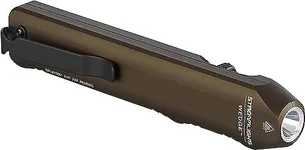
Streamlight
12%OFF
Streamlight 88811 Wedge 1000-Lumen Max 300-Lumen Standard 1200-Candela Flat Everyday Carry Flashlight, Includes USB-C Cable and Lanyard, Coyote
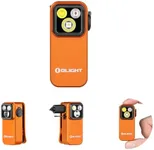
OLIGHT
20%OFF
OLIGHT Oclip Pro EDC Flashlight Clip-on Light, Rechargeable 500 Lumens with Three Lighting Solutions Type-C Charging, Magnetic Flash Lights for Signaling, Cycling, Outdoor or Indoor Use(Orange)
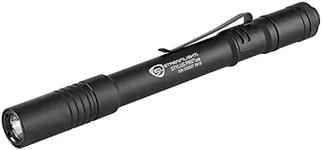
Streamlight
Streamlight 66134 Stylus Pro USB 350-Lumen Rechargeable White LED Pen Light for Inspectors, Law Enforcement, and Everyday Use with USB Cable, and Nylon Holster, Black
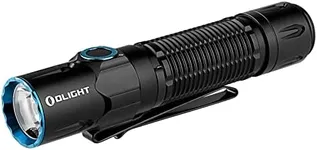
OLIGHT
30%OFF
OLIGHT Warrior 3S 2300 Lumens Rechargeable Tactical Flashlight, Compact Dual-Switches LED Bright Light with Proximity Sensor, Powered by Customized Battery for Emergency, EDC and Searching (Black)
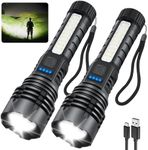
ZioeYiue
Rechargeable Flashlights High Lumens, 7Mode Super Bright Flashlight Camping, Adjustable Tactical Flash Light High Powered, LED Flashlights for Home Emergency, Christmas Gifts Stocking Stuffers for Men
Our technology thoroughly searches through the online shopping world, reviewing hundreds of sites. We then process and analyze this information, updating in real-time to bring you the latest top-rated products. This way, you always get the best and most current options available.

Most Popular Categories Right Now


